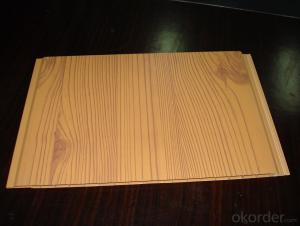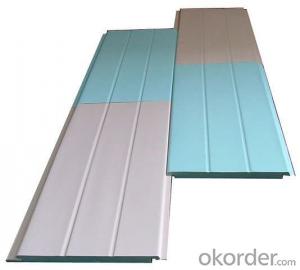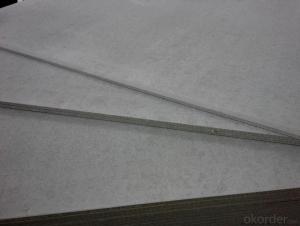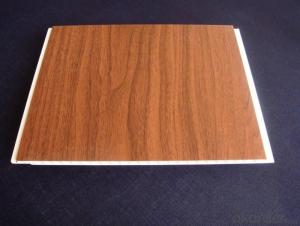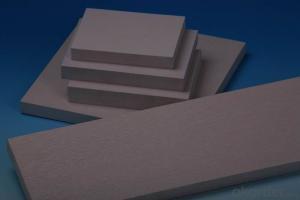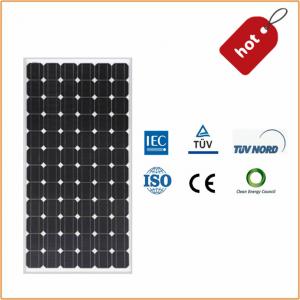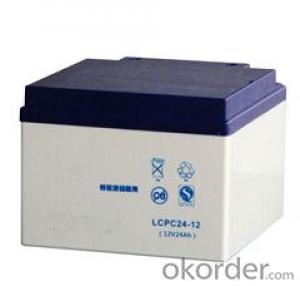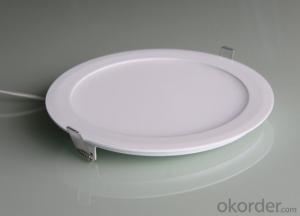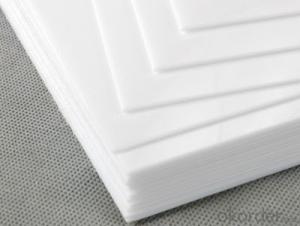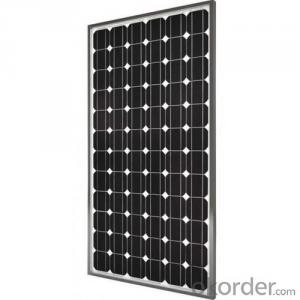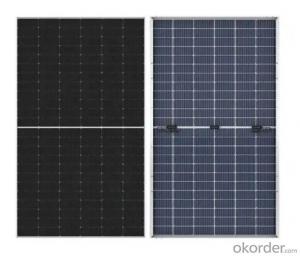Inverter Solar Panel Battery
Inverter Solar Panel Battery Related Searches
Shiny Or Dull Side Of Aluminum Foil For Cooking Inverter For 100w Solar Panel Solar Panel Inverter For Rv Pvc Tiles For Walls Wall Lights For Bedrooms Inverter Ac With Solar Panel Solar Panel With Inverter Kit Solar Panel Kits With Inverter Solar Panel With Inverter Direct Roving For PultrusionHot Searches
Used Sandwich Panel For Sale Pvc Chairs For Sale Tilt Panel Props For Sale Lightweight Scaffolding For Sale pvc pipe manufacturers in usa Sandwich Panel Price In India China Solar Panel Inverter Solar Inverter Panel Price China Pvc Geomembrane Sandwich Panel Manufacturers In Bangladesh Pvc Roofing Sheets Price India Pvc Roofing Sheets Price pvc resin price index Solar Panel Inverter Size Solar Panel Inverter Suppliers Q Cells Solar Panel Prices Tesla Solar Panel Inverter Honeycomb Sandwich Panel Suppliers Type Of Inverter For Solar Price Of Shipping Containers For SaleInverter Solar Panel Battery Supplier & Manufacturer from China
Okorder.com is a professional Inverter Solar Panel Battery supplier & manufacturer, offers integrated one-stop services including real-time quoting and online cargo tracking. We are funded by CNBM Group, a Fortune 500 enterprise and the largest Inverter Solar Panel Battery firm in China.Hot Products
FAQ
- Can I add more solar panel let say up to 200 watt and adding two 2 volts battery using the same charges controller and power inverter?
- You can wire solar panels in parallel (i.e. positive to positive, negative to negative). Preferably, the panels should be similar to allow the output voltages to track. Otherwise, it may be necessary to include diodes in series with each panel so voltage variations do not have an adverse effect. The other alternative is to have the panels charging individual batteries and then combining the batteries through diodes before using the inverter. This approach would require separate charge controllers for each battery. Not quite as energy efficient as each diode causes a voltage drop (and so a power loss).
- Yes, solar panels can be installed on convention centers or event venues. In fact, many convention centers and event venues have already adopted solar energy to reduce their carbon footprint and reliance on traditional energy sources. Installing solar panels on these facilities not only helps generate clean and renewable energy but also showcases their commitment to sustainability and environmental responsibility.
- im aware i dont fully understand. but with what i do. if P = iv, and current changes with voltage, whats the point of changing either. if in any cicumstance, you end up with the same wattage, how does changing either effect a solar setup. (2v panel vs 24v)thanks in advance. explain in laymans if you can.
- The choice of solar panel voltage comes down more to what the panels will be connected to. You're right that power can remain the same at the different voltages. Higher input (panel) voltages are sometimes used in inverter systems to reduce the effect of voltage draw-down. 2v panels (about 20v open circuit) work well for charging 2v batteries, connected in parallel, through a charge controller. For use of a grid-tie inverter, higher input voltages are sometimes used to reduce the effects of draw-down. You want to select and wire (parallel vs. series) your panels based on the input voltage requirement of the load, whatever it may be.
- Solar panels connect to the electrical grid through an inverter, which converts the direct current (DC) produced by the panels into alternating current (AC) that can be used by homes and businesses. The inverter is then connected to the electrical grid, allowing any excess electricity generated by the solar panels to be fed back into the grid and used by other consumers.
- how much energy does solar panels save you? (like a month, year, etc)
- It depends on the size of the solar panels and the intensity of the solar-light. So, there's difference in every place. It's impossible to answer unless there's detail of panel size, panel quantities, average rainfall, average solar days, etc.
- Hello Yahoo, I am doing another one of my wacky inventions however I need something that will give me 2V of power!I don't want to connect loads of AA batteries into a battery holder as this shall run out quickly and become expensive in the long run, I don't want to carry around a big car battery either.I have been searching around on OKorder .uk and found some Solar-Powered 2V Trickle Chargers. These say they shall work on cloudy days (which is perfect as the majority of the time that is all we get!) but could I use it as an independent power source?If I attached the thing I want to run to the solar panel will it supply it with 2V of power?
- If you want to run something from a solar panel, you should remember that the power from the panel is only available when there is reasonable sunshine on the panel. Usually the solar panels are used with solar regulators in order to charge batteries. These batteries are used as energy storage for when the sun is not shining. Now, this does not mean that you cannot drive instruments directly from the solar panel and regulator. To do this, you will need a panel that has sufficient power to drive your instrument. An example is the solar powered garden or fountain pumps. I have driven 2V computer fans directly from the small solar panels - useful for cooling of things such as pool pump housings. The solar regulator is used to convert the solar panel output to a 3.5V output in order to charge lead acid batteries. I have used MPPT regulators (maximum power point tracking) which is more efficient than the standard solar regulator. If you don't use these regulators you may find the solar panel producing up to 7-9V in good sunshine which is not good for your instruments that are expecting 2-3V. Hence the answer to your question is that you will need to have a battery being charged to get useful power from the solar panels via a solar regulator.
- I want to use this solar panel to hook up AC adapters. IM not sure what to do and how to use the solar panel. I want to be able to use a batter charger, a radio, and charge a GPS if needed. - Thanks, Zoo
- Research using solar panels on stock tank water pumps. Same concept - you use a solar panel to power a remote something or other, only you would have to use a battery charged by day to run the camera at night. It does not look like you would need too powerful of a solar panel, the camera server says it needs less than 5w, no idea on the cameras, so check that out, but the whole system looks rather low power. You could easily get the necessary panels, maybe the battery too, for... I would say $200 (not in one package, you would have to get separate things). Connection of everything would be simple, no electrician needed (but keep that to yourself, depending upon state rules and regs).
- Could anybody give some review about Homemade Solar Panel.
- Have okorder . It may extremely teach everyone!
